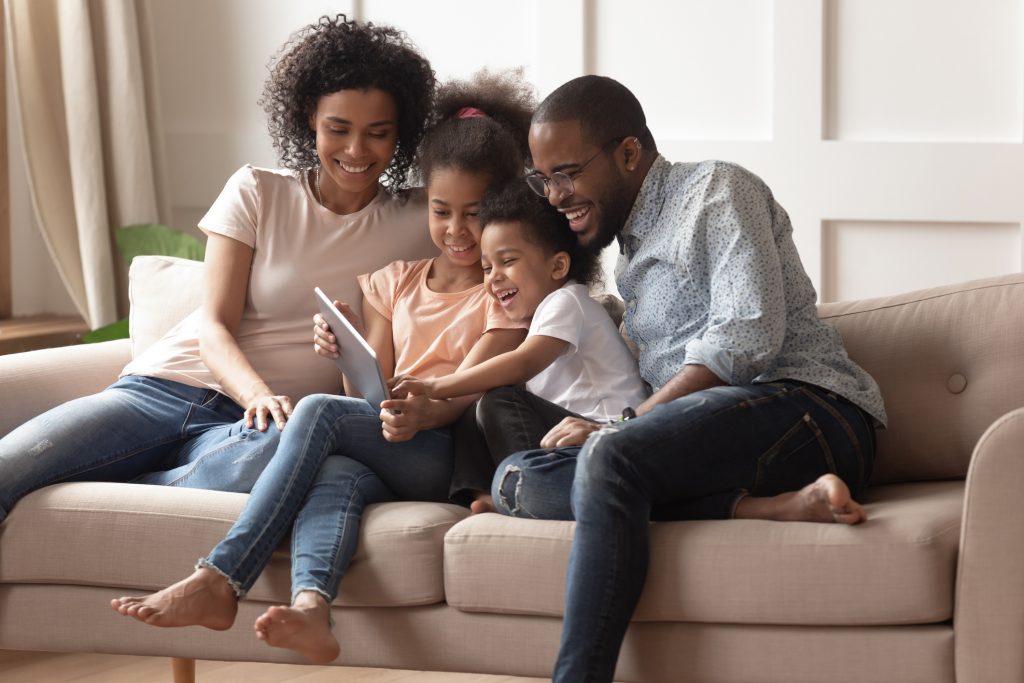
Our children are struggling right now. But how that struggle looks is different at different ages. Toddlers to Teens: How to Help Kids Cope with Stress from COVID-19 from Healthline provides some common responses children and teens are having to COVID-19, as well as some helpful parenting tools.
- Younger children may be regressing and are in need of age-appropriate explanations about what’s going on.
- Depression among teenagers may be on the rise as a result of physical distancing and missing events.
- Online counselors and therapists are providing telehealth appointments in a format that’s far more comfortable to the younger generation than parents may realize.
If you and your child would like some additional support coping, please reach out to our behavioral health team at 888-355-5433.
Coping strategies: for kids of every age
When we feel overwhelmed by our emotions it can be easy to start to think unhelpful thoughts and use unhelpful behaviors. Add in the additional stress, worry, depression, or grief that are common responses to COVID-19 and you may be wondering how you and your family can manage the big feelings.
Learning and practicing coping strategies when you and your child are feeling calm is one of the best ways to support your child in managing big feelings later. Practicing the strategy when calm allows the brain to build muscle memory so the strategy can be used when feeling overwhelmed by emotion. Try using some of the strategies below with your child to help them cope with their big feelings.
4-7 Years Old
- Deep breathing: Check out Elmo’s video on belly breathing or star breathing for some fun ways to help young children practice deep breathing.
- Mindfulness: Create a glitter jar and learn how to use it with this video from Esme and Roy.
- Muscle Relaxation: Have your child tighten up their body like a robot for a few seconds and then relax their body like a rag doll. You can also use uncooked and cooked spaghetti or Buzz Lightyear and Woody.
7-10 Years Old
- Deep breathing: Try square breathing or lazy 8 breathing. Blowing bubbles, feathers or cotton balls in slow, controlled ways helps to support deep breathing.
- Mindfulness: Body scans can help children to get in touch with the signs their body is giving them. Drawing and coloring helps to express emotions. Simple yoga poses, stretching, or taking some time to move their bodies helps to decrease or increase emotional energy.
- Progressive Muscle Relaxation: Children at this age can start to do progressive muscle relaxation, which has them practice tensing and releasing different areas of their body. Pushing against a wall and then relaxing can also help to get rid of tension in their bodies.
10-17 Years Old
- Relaxation Skills: Using imagery, deep breathing and progressive muscle relaxation can be helpful for older children and teenagers. Yoga poses can be used to help calm a stressed or anxious mind or to boost energy when feeling fatigued or depressed.
- Mindfulness Skills: Mindfulness for teens can include meditations, grounding exercises, and body scans. There are lots of apps and websites available that provide guided meditations and body scans. Check out Mindfulness for Teens, Stop, Breathe & Think or Calm.